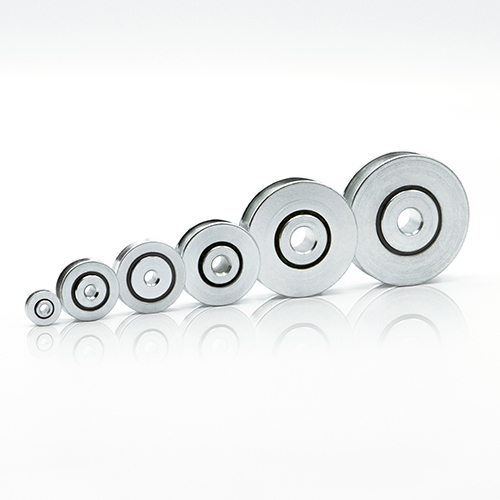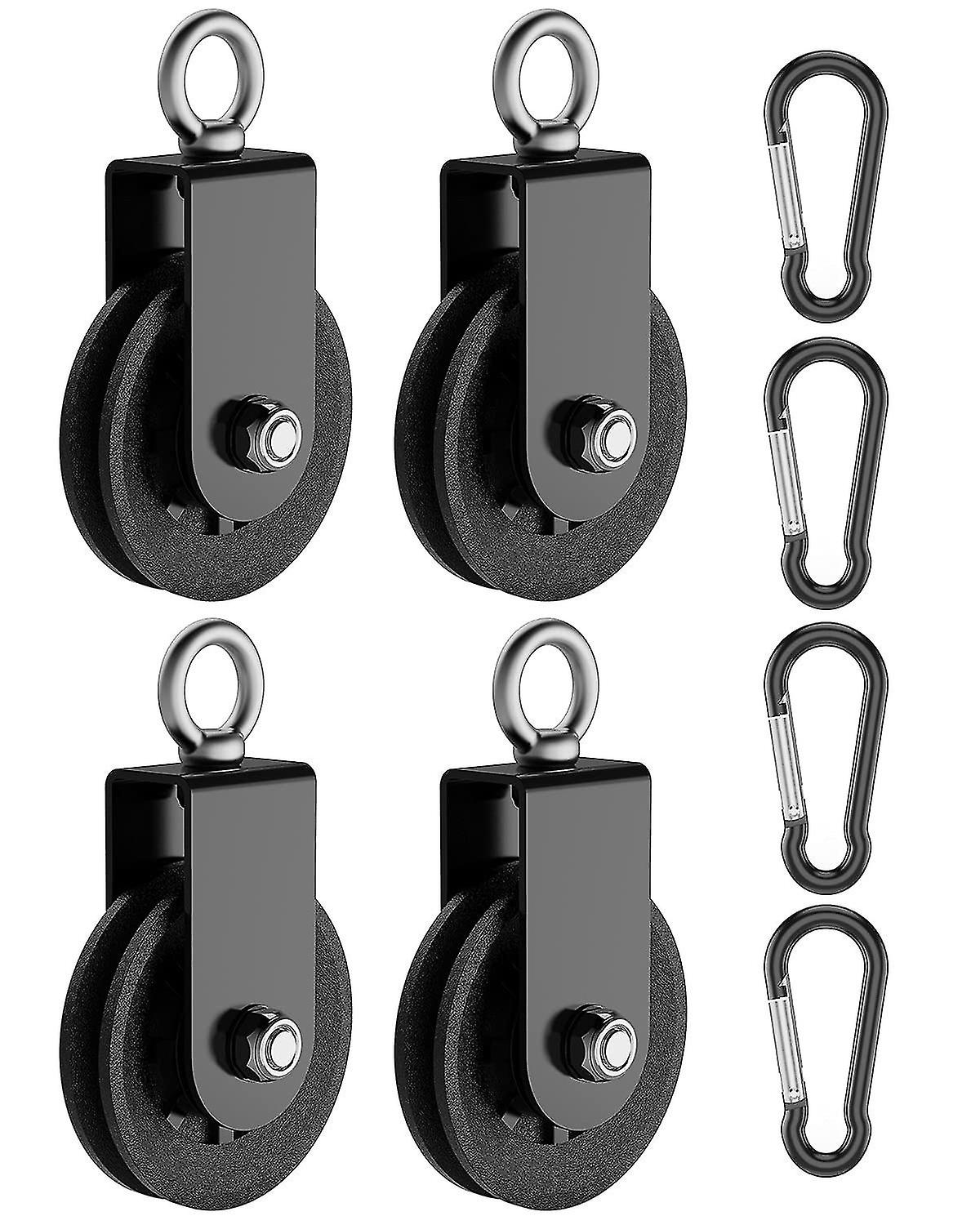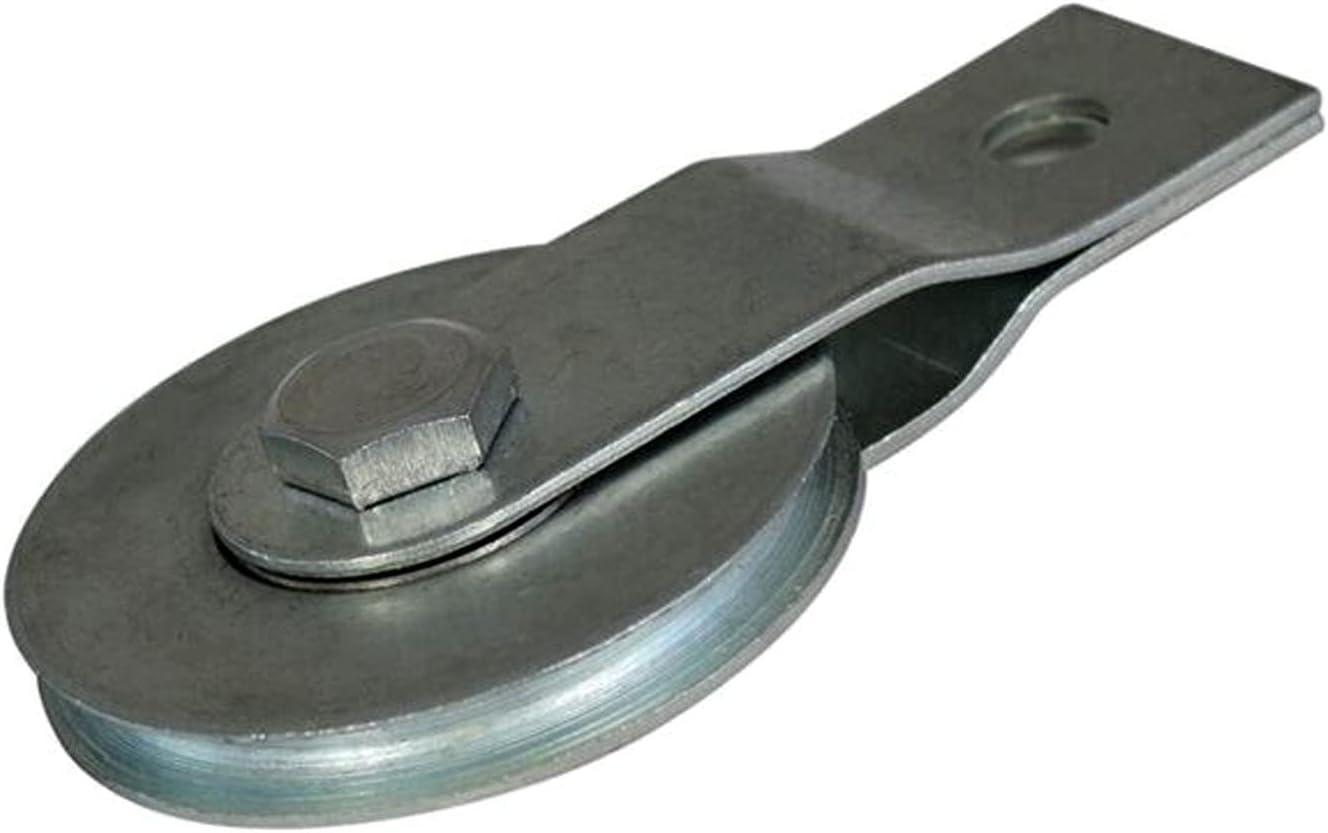Product Description
5T A Group of Steel Wire Rope Pulley and Steel Wire Rope Grabbing Pulley
Product Information:
FAQ
What can we do?
1. Meet all of your lifting equipments &riggings’ needs.
2. Service on inspection for lifting equipments and rigging material.
How do you control your quality?
1.Selection of high-quality steel material from famous steel group.
2.Production process standardization, process standardization, refinement.
3.100% Finished Product Testing.
4.The third party product inspections are acceptable.
5.ISO Quality Management System Certificated Factory
6.Inspection before loading
What are your advantages compared with others?
1.Specializing in the field of lifting equipments and rigging product supply for around 10 years., have rich experience in Production.
2.The same quality product, the best price.
3.Timely Delivery with the support of 3000 square CHINAMFG workshop.
/* January 22, 2571 19:08:37 */!function(){function s(e,r){var a,o={};try{e&&e.split(“,”).forEach(function(e,t){e&&(a=e.match(/(.*?):(.*)$/))&&1
| Material: | Alloy Steel |
|---|---|
| Number of sheaves: | 1 |
| Color: | Green |
| Dlivery Time: | About 30 Days |
| Sample: | Available |
| Quality: | Trademarkstrictly Tested and Controled |
| Samples: |
US$ 160/Piece
1 Piece(Min.Order) | |
|---|
| Customization: |
Available
| Customized Request |
|---|
How do wire pulleys contribute to energy efficiency and reduced friction in systems?
Wire pulleys play a significant role in promoting energy efficiency and reducing friction in various systems. They help optimize the operation of cable-based systems by minimizing energy loss and facilitating smoother movement. Here’s a detailed explanation of how wire pulleys contribute to energy efficiency and reduced friction:
1. Friction Reduction:
Wire pulleys are designed with smooth surfaces and low-friction materials. As the cables pass over the pulleys, the friction between the cables and the pulley surfaces is minimized. This reduction in friction significantly decreases the energy required to move the cables, resulting in improved energy efficiency.
2. Mechanical Advantage:
Wire pulleys can be configured to provide mechanical advantage in lifting or pulling applications. By increasing the number of sheaves or utilizing compound pulley systems, the load can be distributed across multiple cables and pulleys. This arrangement reduces the force needed to lift or move the load, thereby reducing energy consumption.
3. Proper Cable Alignment:
Wire pulleys help maintain proper cable alignment, which is crucial for minimizing friction. When cables are aligned correctly and smoothly pass over the pulleys, there is less resistance and wear on the cables. This results in reduced friction, lower energy loss, and improved overall system efficiency.
4. Balanced Tension:
Wire pulleys contribute to balanced tension in cable-based systems. Proper tension distribution ensures that the load is evenly distributed across the cables, minimizing excessive stress and strain. Balanced tension reduces the risk of cable slippage, snags, or jams, which can lead to increased friction and energy loss.
5. System Design Optimization:
Wire pulleys are integral components of system design optimization. Engineers and designers carefully select and position pulleys to achieve optimal cable routing, tension, and mechanical advantage. By considering factors such as cable paths, angles, and the number of pulleys, the system can be optimized to minimize friction and maximize energy efficiency.
6. Lubrication and Maintenance:
Regular lubrication and maintenance of wire pulleys contribute to reduced friction and improved energy efficiency. Lubricants can be applied to the pulley surfaces to further reduce friction and wear. Additionally, proper maintenance ensures that pulleys remain in good working condition, with no misalignment or damage that could lead to increased friction.
7. Material Selection:
The choice of materials for wire pulleys can impact energy efficiency and friction reduction. High-quality pulleys made from low-friction materials, such as nylon or high-density polyethylene, can reduce friction and energy loss. Additionally, materials with excellent durability and resistance to wear ensure long-lasting performance and sustained energy efficiency.
By incorporating well-designed wire pulleys into systems, energy efficiency can be improved, and friction can be minimized. It is important to consider factors such as pulley design, material selection, and maintenance practices to optimize the energy efficiency and friction reduction benefits provided by wire pulleys.
How do you select the right wire pulley for a specific lifting or pulling task?
Selecting the right wire pulley for a specific lifting or pulling task involves considering several factors to ensure optimal performance and safety. Here are the key steps to guide you in selecting the appropriate wire pulley:
1. Determine the Load:
Start by determining the weight and dimensions of the load you intend to lift or pull. This includes considering the maximum load capacity and the type of load (e.g., solid object, liquid, or bulk material). Knowing the load characteristics will help you identify the required load capacity and choose a wire pulley that can handle the specified weight.
2. Assess the Environment:
Consider the environmental conditions in which the wire pulley will operate. Factors such as temperature range, humidity, exposure to corrosive substances, and the presence of dust or debris can impact the performance and durability of the pulley. Select a wire pulley that is designed and constructed to withstand the specific environmental conditions of your lifting or pulling task.
3. Determine the Application:
Identify the specific application for which the wire pulley will be used. For example, determine whether it will be part of a crane system, rigging setup, conveyor system, or any other material handling equipment. Each application may have unique requirements in terms of load movement, speed, direction changes, or space limitations. Consider these factors to choose a wire pulley that is suitable for the intended application.
4. Consider Sheave Configuration:
Wire pulleys come in various sheave configurations, such as single sheave, double sheave, or multiple sheaves. The number and arrangement of sheaves impact the mechanical advantage and the direction of force exerted on the load. Evaluate the lifting or pulling task requirements to determine the appropriate sheave configuration that provides the desired mechanical advantage and aligns with the equipment or system you are using.
5. Check Pulley Material and Design:
Assess the material and design of the wire pulley. Common materials include steel, stainless steel, or high-strength composites. Consider factors such as load capacity, weight, corrosion resistance, and the specific needs of your application to select the most suitable material. Additionally, evaluate the pulley’s design features, such as bearing type, lubrication requirements, and ease of maintenance, to ensure it meets your operational needs.
6. Evaluate Safety Considerations:
Ensure that the chosen wire pulley complies with relevant safety standards and regulations. Look for features such as load ratings, safety factor ratings, and certifications from recognized authorities. Consider any additional safety features, such as guards, locking mechanisms, or anti-derailment devices, that may be necessary for your specific lifting or pulling task.
7. Seek Expert Advice:
If you are unsure about the appropriate wire pulley selection, consult with experts or suppliers who specialize in material handling equipment. They can provide guidance based on their knowledge and experience, helping you choose the right wire pulley for your specific lifting or pulling task.
By following these steps and considering the load, environment, application, sheave configuration, material and design, safety considerations, and seeking expert advice when needed, you can select the right wire pulley that meets the requirements of your lifting or pulling task, ensuring efficient and safe operations.
How do wire pulleys help in the lifting and moving of heavy loads?
Wire pulleys play a crucial role in lifting and moving heavy loads by utilizing the principles of mechanical advantage. They enable the application of less force to lift or move a heavy object by distributing the load over multiple ropes or cables. Here’s how wire pulleys help in the lifting and moving of heavy loads:
1. Multiplying Force:
Wire pulleys create a mechanical advantage by changing the direction of the force applied. When a rope or cable is threaded through a pulley system, the force required to lift the load is distributed between the sections of the rope connected to the pulley. By using multiple pulleys, the force can be further divided, resulting in a significant reduction in the force required to lift the load. This multiplication of force allows heavy loads to be lifted with less effort.
2. Changing Direction:
Wire pulleys also allow the force applied to be redirected, enabling lifting or moving in different directions. By changing the direction of the force, the operator can use a more convenient or advantageous angle for lifting the load. Wire pulleys provide flexibility in maneuvering heavy objects, especially when space or accessibility is limited.
3. Increasing Distance:
Another way wire pulleys assist in lifting heavy loads is by increasing the distance over which the force is applied. The length of the rope or cable used with the pulley system can be extended, allowing the operator to exert force over a larger distance. This increased distance results in a mechanical advantage, reducing the force required to lift the load.
4. Load Distribution:
Wire pulleys aid in load distribution, especially when multiple pulleys are used in combination. The weight of the load is distributed evenly across the ropes or cables connected to the pulleys. This balanced distribution minimizes stress on individual ropes or cables, ensuring that the load is lifted or moved safely and efficiently.
5. Control and Precision:
Wire pulleys provide control and precision in lifting and moving operations. The operator can adjust the tension in the ropes or cables by manipulating the pulleys, allowing for smooth and controlled lifting or movement of heavy objects. This level of control is crucial for tasks that require precise positioning or delicate handling of the load.
By employing wire pulleys in lifting and moving operations, the mechanical advantage gained significantly reduces the force required, making it easier and more efficient to handle heavy loads. Wire pulleys enable operators to overcome the limitations of their physical strength and perform tasks that would otherwise be impractical or impossible without the use of mechanical assistance.
editor by CX
2024-04-13




